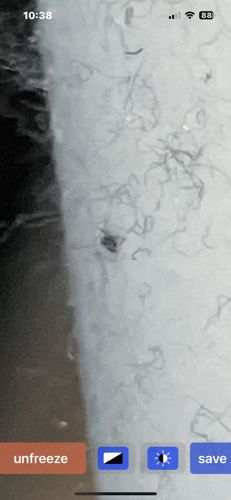Snow Flea
Scientific Name: Hypogastrura nivicola (a common species, though many springtail species are referred to as snow fleas)
Order & Family: Order: Collembola, Family: Isotomidae (or various families within Collembola, as "snow flea" is a common term for several species of springtails found in snow)
Size: Typically 1-3 mm in length

Natural Habitat
Snow fleas are typically found in cold, moist environments, including forests, snow-covered ground (especially near tree trunks or in shaded areas), and even in soil and leaf litter when snow is absent. They are cold-hardy and remain active in near-freezing temperatures.
Diet & Feeding
Snow fleas are detritivores, primarily feeding on decaying organic matter such as algae, fungi, bacteria, and decomposing plant material found on the surface of snow, tree bark, or in soil.
Behavior Patterns
Snow fleas are active in cold temperatures, often appearing on top of snow when temperatures are above freezing. They can jump many times their body length using a tail-like appendage called a furcula, typically to escape predators or move between food sources. They aggregate in large numbers, which can make them quite visible.
Risks & Benefits
Snow fleas are harmless to humans, pets, and plants. They do not bite, sting, or transmit diseases. Ecologically, they are beneficial as decomposers, playing a vital role in nutrient cycling by breaking down organic matter in their cold environments.
Identified on: 8/27/2025